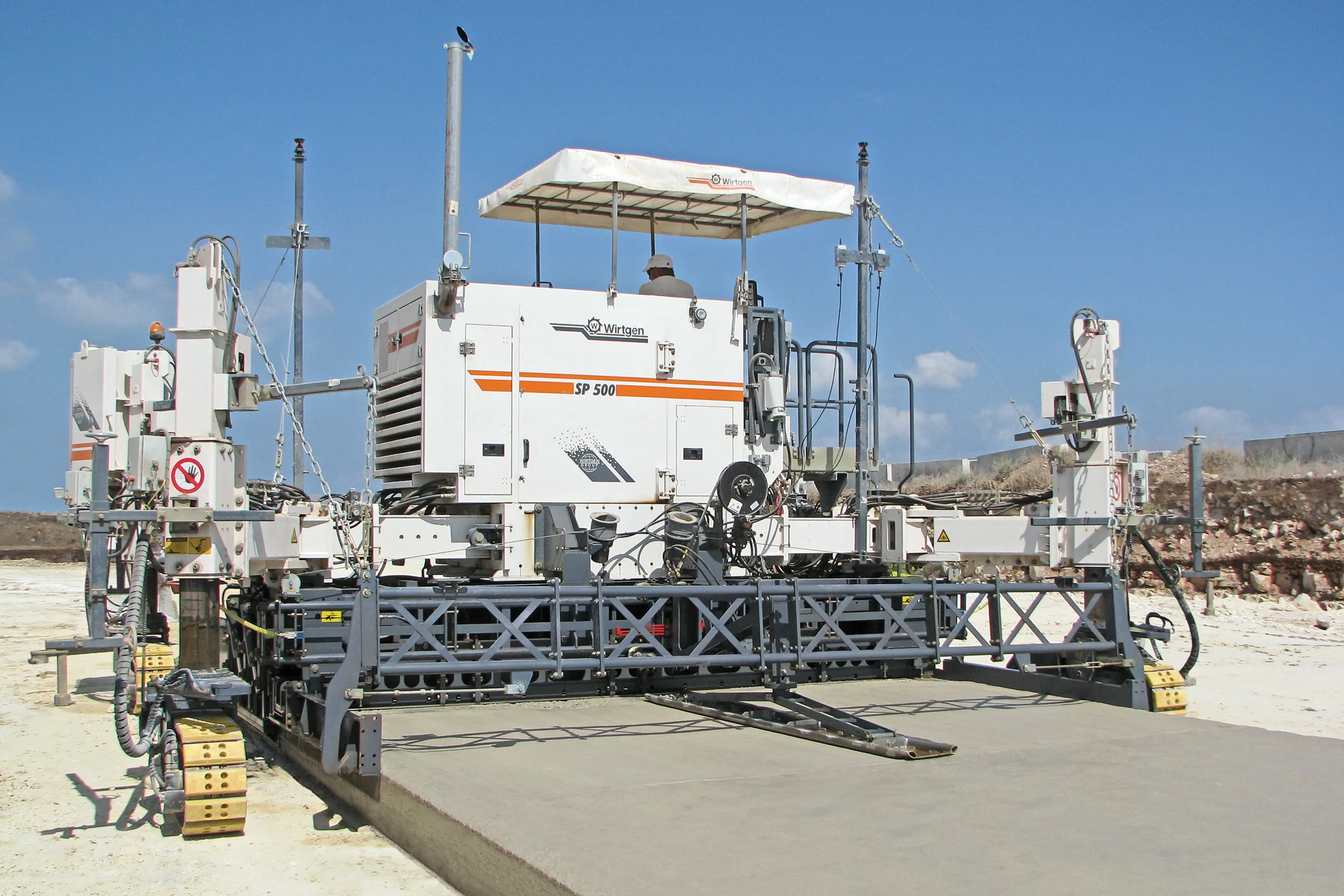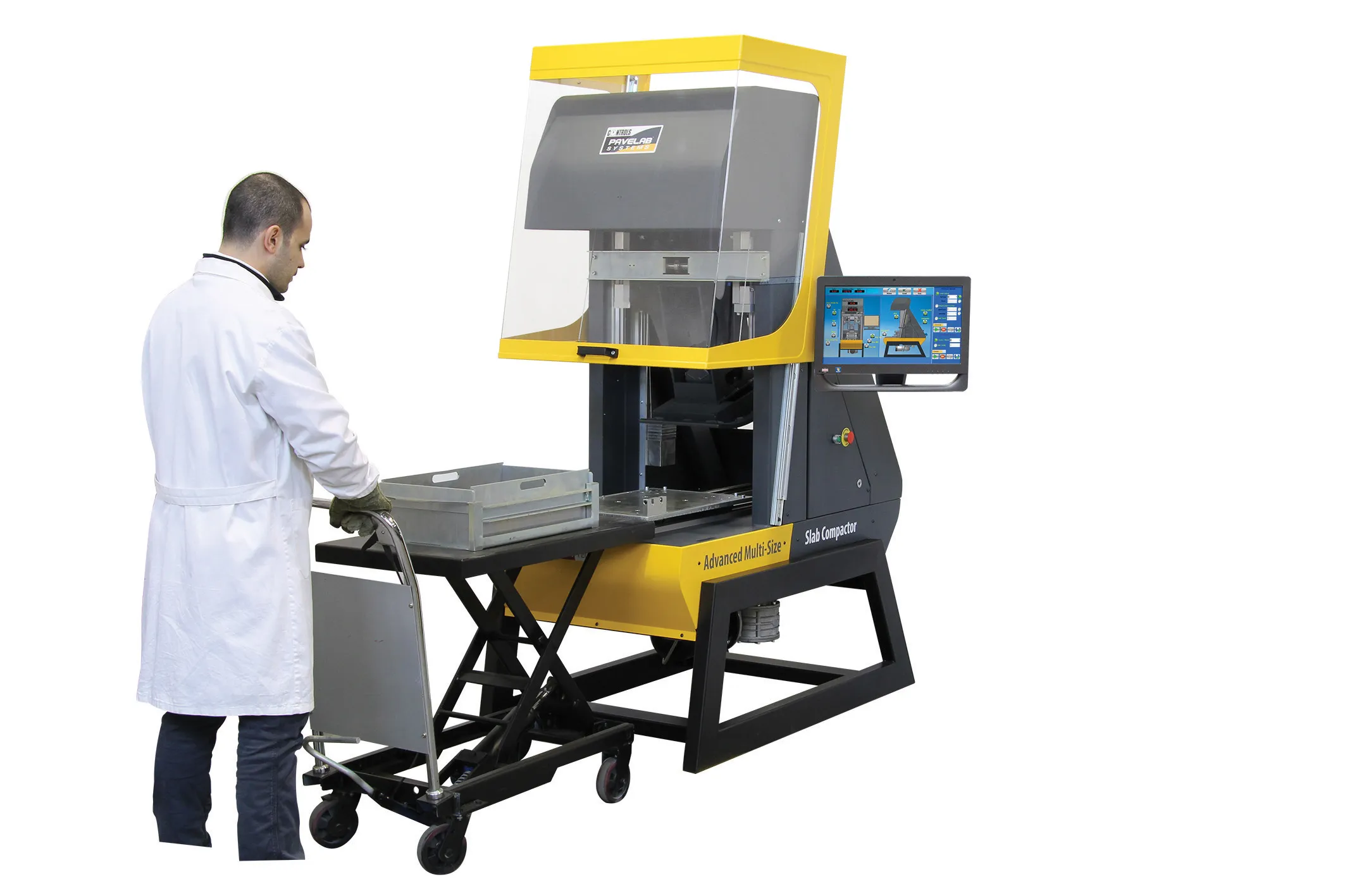The new Scilux lighting system from US Architectural Lighting is said to be a full cut-off luminaire with aerodynamic styling that suits duties in applications where visual aesthetics are considered important. The fixture has a streamlined body design with external top ribbing that helps dissipate heat, reduces EPA values, and increases both ballast life and lamp performance. Computer-designed segmented reflectors provide a wide range of light distribution patterns to suit an array of applications. Scilux i
July 9, 2012
Read time: 2 mins

RSSThe new Scilux lighting system from 1092 US Architectural Lighting is said to be a full cut-off luminaire with aerodynamic styling that suits duties in applications where visual aesthetics are considered important. The fixture has a streamlined body design with external top ribbing that helps dissipate heat, reduces EPA values, and increases both ballast life and lamp performance. Computer-designed segmented reflectors provide a wide range of light distribution patterns to suit an array of applications. Scilux is also dark sky compliant and is UL-listed for use in wet locations.
The luminaire is offered in two sizes, with the Model SCX measuring 813mm long x 508mm wide and 343mm tall. This model can use mogul base lamps from 150-400W. The compact Model SCXM measures 607mm long by 281mm wide and 254mm tall and uses medium base lamps from 70-175W.
Both Scilux models can be wall or pole mounted (on either square or round poles) and installed as single fixtures or in twin, triple or quad clusters. The optical system, enclosed behind a 4.75mm tempered glass lens, is rotatable in 90° increments. Made from durable cast aluminum, Scilux features a 3mm polyester powder coating in a range of colors, including: dark bronze, black, white and silver. The finish is baked at high temperatures for hardness and durability, while EPDM gaskets seal the frame.
The luminaire is offered in two sizes, with the Model SCX measuring 813mm long x 508mm wide and 343mm tall. This model can use mogul base lamps from 150-400W. The compact Model SCXM measures 607mm long by 281mm wide and 254mm tall and uses medium base lamps from 70-175W.
Both Scilux models can be wall or pole mounted (on either square or round poles) and installed as single fixtures or in twin, triple or quad clusters. The optical system, enclosed behind a 4.75mm tempered glass lens, is rotatable in 90° increments. Made from durable cast aluminum, Scilux features a 3mm polyester powder coating in a range of colors, including: dark bronze, black, white and silver. The finish is baked at high temperatures for hardness and durability, while EPDM gaskets seal the frame.









